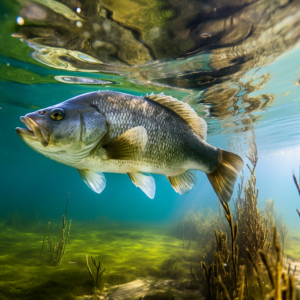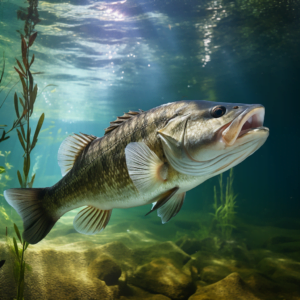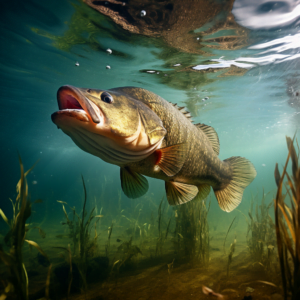When it comes to bass fishing, finding the perfect rod and reel combination is crucial. With so many options available, it can be overwhelming to determine which one is best suited for your fishing style and preferences. Whether you’re a beginner or an experienced angler, selecting the right rod and reel can greatly impact your chances of success on the water. In this article, I will explore different factors to consider when choosing the ideal rod and reel for bass fishing, helping you make an informed decision for your next fishing adventure.
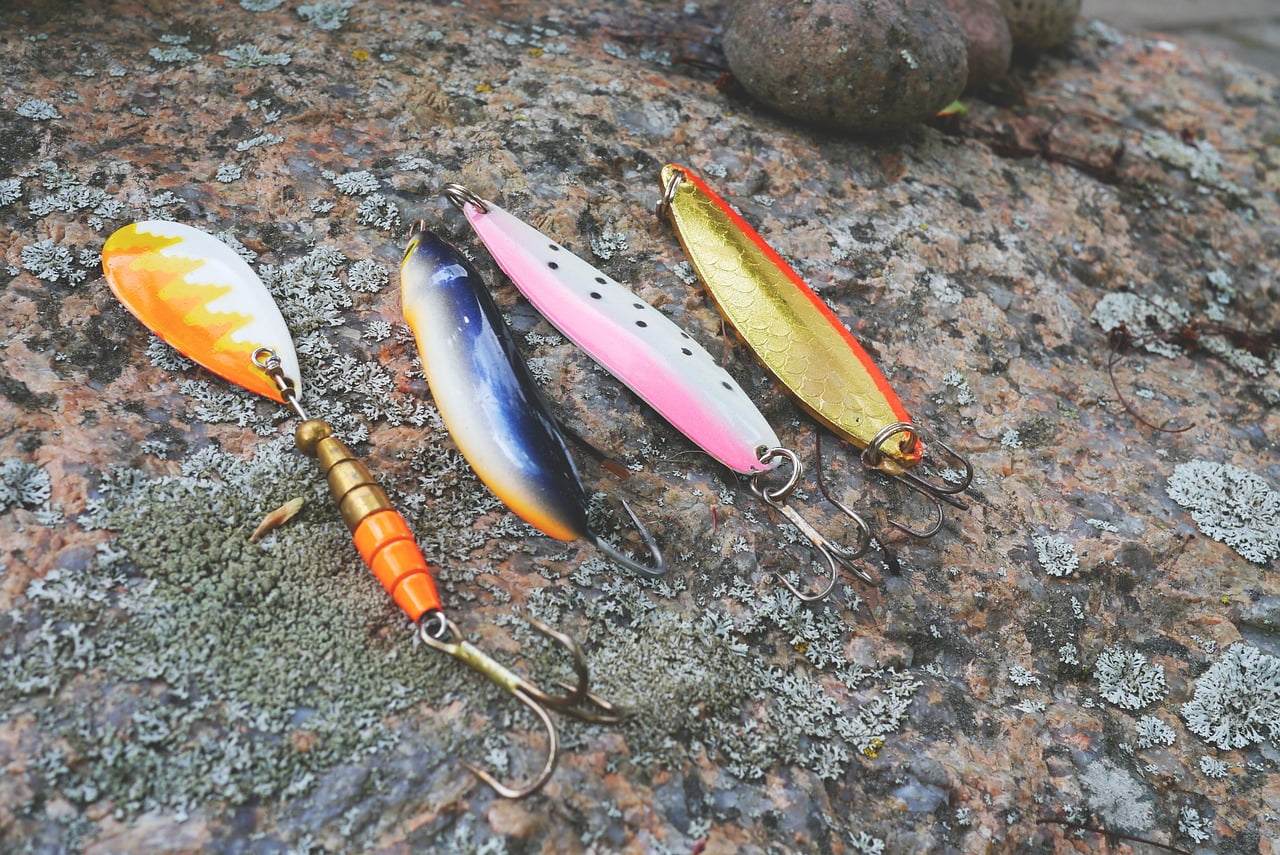
Factors to Consider When Choosing a Rod and Reel
When it comes to bass fishing, choosing the right rod and reel is crucial for a successful and enjoyable experience on the water. There are several factors to consider when making this decision, and in this article, we will explore each of them in detail.
Fishing Technique
The first factor to consider when choosing a rod and reel for bass fishing is your preferred fishing technique. Different techniques, such as flipping, pitching, or finesse fishing, require different equipment. For example, if you enjoy finesse fishing and prefer light tackle, a spinning rod and reel combo would be more suitable. On the other hand, if you prefer a more heavy-duty approach like flipping or pitching, a baitcasting setup might be the better option.
Lure Type
The type of lures you plan to use is another important factor to consider. Different lures have different weights and require different rod and reel setups to achieve optimal performance. For example, if you primarily use lightweight lures like finesse worms or small crankbaits, a spinning combo with a light or medium power rod would be a good choice. However, if you plan on using heavy jigs or swimbaits, a baitcasting combo with a medium-heavy or heavy power rod would be more suitable to handle the extra weight.
Targeted Bass Species
Depending on the specific type of bass you are targeting, your rod and reel setup may vary. Largemouth bass, smallmouth bass, and spotted bass have different behaviors and habitats, which may require different equipment to effectively catch them. For instance, if you are targeting largemouth bass in heavy cover, you may need a more powerful rod and reel combo to handle the strong and aggressive nature of these fish. On the other hand, if you are fishing for smallmouth bass in clear and open waters, a lighter setup may be more appropriate.
Budget
Your budget is another essential factor to consider when choosing a rod and reel for bass fishing. The price range for fishing gear can vary significantly, and it’s important to find a balance between quality and affordability. While it’s tempting to go for the most expensive options on the market, especially if you’re a seasoned angler, it’s not always necessary. There are plenty of mid-range options that offer excellent performance and durability without breaking the bank. It’s important to do your research, read reviews, and compare prices to find the best value for your money.
Fishing Location
The location where you plan to fish is another crucial factor to consider. The type of fishing environment, such as freshwater lakes, rivers, or ponds, can influence the rod and reel setup you choose. Additionally, the specific features of the fishing location, such as heavy vegetation or rocky structures, may require specific gear to effectively navigate through the obstacles and land your catch successfully. Researching the fishing spot and understanding its unique characteristics will help you make an informed decision about the appropriate rod and reel setup.
Rod Length and Action
Once you have considered the overall factors for choosing a rod and reel, it’s time to delve into the specifics. Rod length and action are two critical aspects that contribute to the overall performance and feel of your setup.
Ideal Length for Bass Fishing
For bass fishing, the ideal rod length usually falls between 6 to 7 feet. A rod within this range allows for better casting accuracy, control, and leverage when fighting a bass. Shorter rods are excellent for pitching and flipping techniques, providing better accuracy in tight spots, while longer rods offer extended casting distance and control over larger bodies of water.
Understanding Rod Action
Rod action refers to the rod’s ability to flex or bend when pressure is applied to the tip. It determines how fast the rod returns to its original position after being bent. There are three main types of rod action: fast, medium, and slow.
A fast action rod bends mostly at the tip and has a quick snapback, making it ideal for techniques that require a quick hook set and precise control over the lure. A medium or moderate action rod tends to flex more throughout the rod’s length, offering a better balance between casting distance and sensitivity. A slow action rod bends almost to the handle and is best suited for techniques that require a gentle presentation, such as finesse fishing.
Choosing the Right Action for Bass Fishing
When it comes to bass fishing, the ideal rod action depends on your fishing style and the lures you plan to use. If you prefer a more finesse approach, such as drop shotting or light jigging, a medium or medium-light action rod would be a good choice, as it provides the necessary sensitivity to detect subtle bites. On the other hand, if you are fishing with heavier baits or in heavy cover, a medium-heavy or heavy action rod will provide the power and backbone needed to handle larger fish and navigate through vegetation or obstacles.
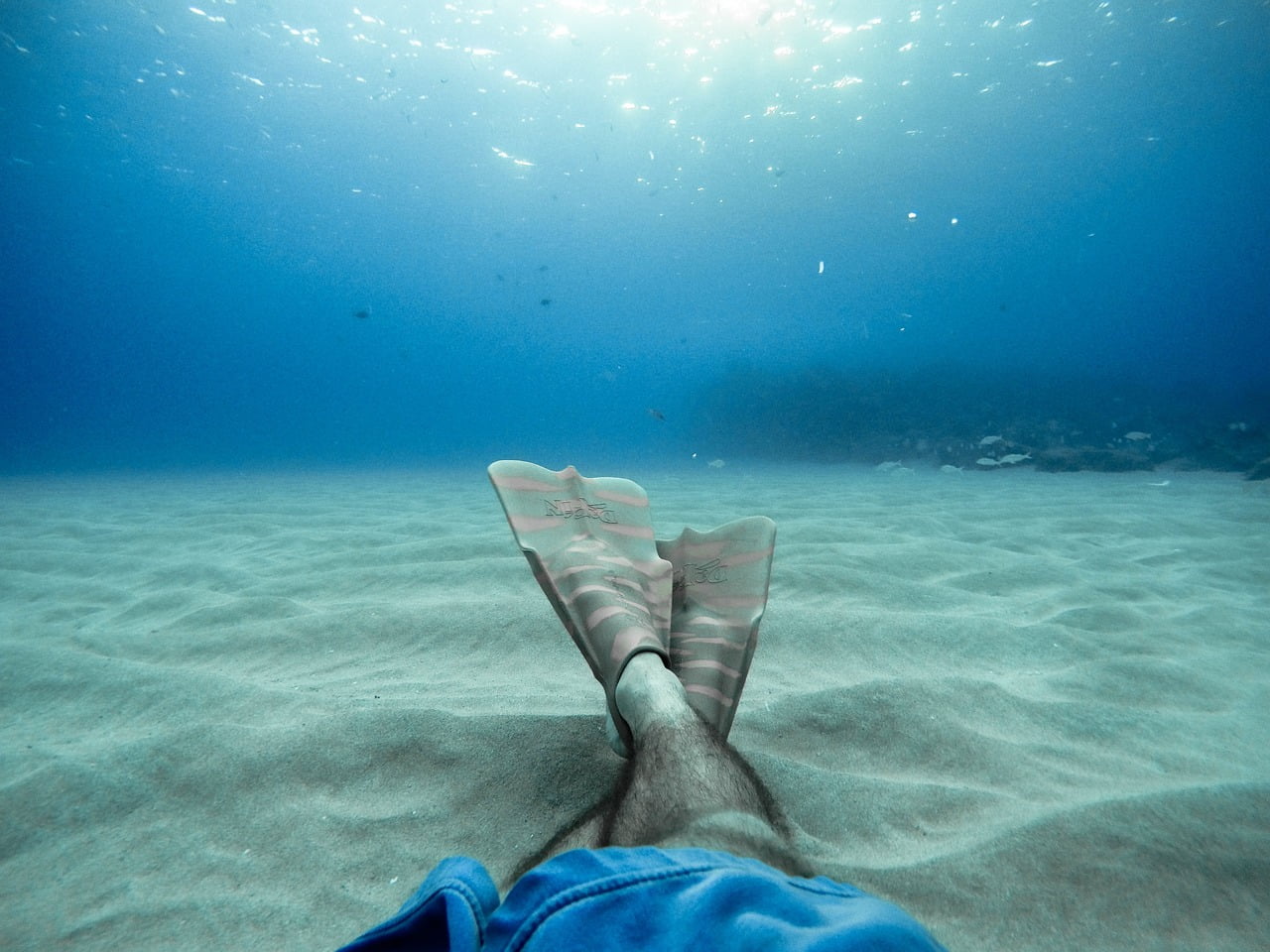
Reel Types for Bass Fishing
Alongside the rod, the reel is an equally important component of your fishing setup. The two main types of reels used in bass fishing are spinning reels and baitcasting reels. Each has its own advantages and considerations based on your fishing style and personal preference.
Spinning Reels
Spinning reels, also known as fixed spool reels, are popular among anglers for their versatility and ease of use. They are well-suited for finesse fishing techniques and lighter lures. Spinning reels have a fixed spool that allows the line to freely flow off the spool during casting, which reduces the chance of backlash. They are also excellent for beginners or those who prefer a more straightforward and hassle-free fishing experience. The spinning reel’s design makes it easier to cast light lures accurately and provides a smoother drag system for fighting fish.
Baitcasting Reels
Baitcasting reels, on the other hand, offer a higher level of casting accuracy, control, and power. They are commonly used for techniques that require long-distance casting, such as flipping, pitching, or using heavier lures. Baitcasting reels have a revolving spool that rotates as the line is pulled off during casting. This design allows for precise control over casting distance and offers greater line capacity, making them suitable for targeting larger bass or fishing in heavy cover.
Choosing the Right Reel Type for Your Fishing Style
When it comes to choosing the right reel type for bass fishing, it ultimately depends on your fishing style, preferred techniques, and personal preference. Spinning reels are more forgiving, easier to learn, and work well for finesse techniques, making them a great choice for beginners or anglers who enjoy a more relaxed fishing experience. Baitcasting reels provide greater control, power, and accuracy, making them a popular choice for anglers who prefer a heavy-duty approach, target larger fish, or aim for casting precision. Ultimately, it’s essential to try both types of reels and see which one feels more comfortable and suits your fishing style.
Choosing the Right Rod Power
Rod power or rod weight refers to the amount of pressure required to bend the rod. It’s a crucial factor to consider as it determines the rod’s strength and ability to handle different fishing situations.
Understanding Rod Power
Rod power is typically classified into four main categories: ultra-light, light, medium, and heavy. Ultra-light rods are designed for small game fish and light line applications, while light rods are suitable for finesse fishing or targeting small to medium-sized bass. Medium rods provide a good balance between sensitivity and power, making them versatile for various fishing techniques and fish sizes. Heavy rods, on the other hand, offer more strength and backbone for handling larger fish, heavy cover, or heavier lures.
Selecting the Appropriate Rod Power for Bass Fishing
When it comes to bass fishing, selecting the appropriate rod power depends on the techniques and environments you plan to use. If you primarily finesse fish or target smaller bass, a light or medium-light rod would be sufficient. For general bass fishing, a medium or medium-heavy rod provides a good balance of sensitivity, power, and versatility. If you plan on targeting larger bass, fishing in heavy cover, or using heavier lures, a heavy or extra-heavy power rod will give you the strength and backbone needed to land those trophy fish and navigate through obstacles.
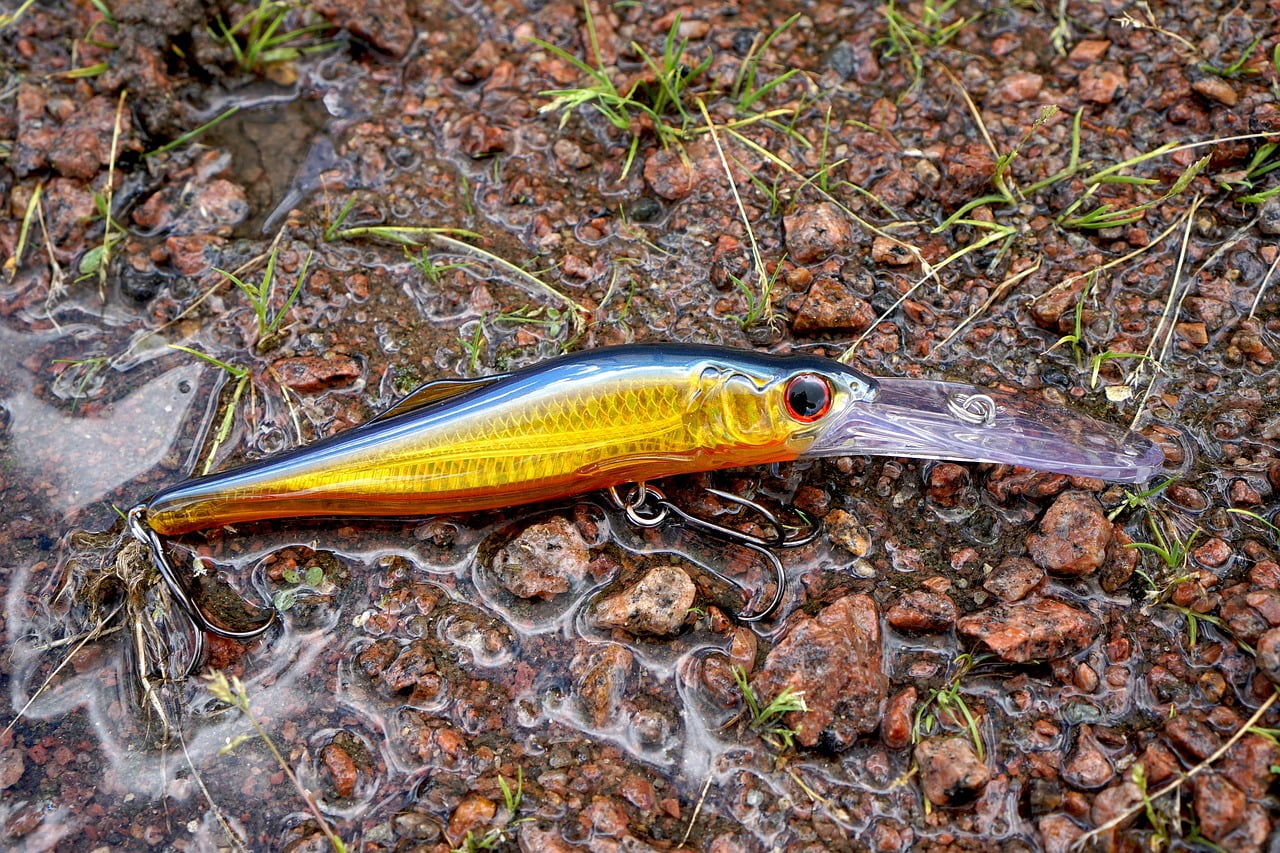
Choosing the Right Fishing Line
The fishing line is another crucial element of your bass fishing setup. It serves as the direct connection between you and the fish, and choosing the right line can significantly impact your success on the water. There are three main types of fishing lines used in bass fishing: monofilament, fluorocarbon, and braided line.
Monofilament Line
Monofilament line is a popular choice among bass anglers due to its versatility and affordability. It is a single-strand line made from nylon or similar materials and offers good knot strength, manageability, and buoyancy. Monofilament lines have some degree of stretch, which can be advantageous when fighting fish, as it acts as a shock absorber. This type of line is suitable for a wide range of fishing techniques and works well in various fishing environments.
Fluorocarbon Line
Fluorocarbon line has gained popularity among bass anglers in recent years due to its low visibility and excellent sensitivity. It is made from a specialized material called polyvinylidene fluoride (PVDF), which gives it a near-invisible quality underwater. Fluorocarbon lines are more dense than monofilament lines, which makes them sink faster and adds sensitivity to detecting subtle bites. They also offer excellent abrasion resistance, making them suitable for fishing in cover or around structure.
Braided Line
Braided line, as the name suggests, is made by braiding together multiple strands of synthetic fibers like Spectra or Dyneema. It is known for its incredible strength, sensitivity, and thin diameter relative to its breaking strength. Braided lines have virtually no stretch, providing excellent hook-setting power and sensitivity to detect the most subtle of bites. They are ideal for fishing in heavy cover, around structure, or when targeting larger bass that require more strength to land.
Choosing the Best Line for Bass Fishing
Selecting the best line for bass fishing depends on various factors such as fishing technique, fishing environment, and personal preference. Monofilament lines are an excellent all-round choice that works well in most situations and is suitable for beginners or those on a tight budget. Fluorocarbon lines offer low visibility and sensitivity, making them ideal for finesse techniques, clear water conditions, or situations where stealth is essential. Braided lines provide superior strength and sensitivity, making them suitable for heavy-duty techniques, fishing in heavy cover, or targeting larger bass.
Considering the Reel Gear Ratio
The gear ratio of a fishing reel refers to the number of times the spool rotates per one crank of the handle. It affects the speed at which line is retrieved and plays a significant role in ensuring optimal lure presentation and hook-setting power.
Understanding Gear Ratio
Gear ratio is expressed as a numerical ratio, such as 6.2:1 or 7.1:1, with the first number representing the number of revolutions the spool makes and the second number indicating one complete handle turn. A higher gear ratio means the reel retrieves line more quickly, while a lower ratio retrieves line more slowly but offers increased torque or cranking power.
Selecting the Ideal Gear Ratio for Bass Fishing
Choosing the ideal gear ratio for bass fishing depends on the techniques and lures you plan to use. If you fish techniques that require a faster retrieve, such as topwater fishing or burning a crankbait, a higher gear ratio reel will be more suitable. A gear ratio of 6.2:1 or higher would work well for these techniques. On the other hand, if you fish slower presentations, such as dragging a jig along the bottom or fishing a Texas rig, a lower gear ratio reel, around 5.4:1 or 6.1:1, provides more cranking power and control. It’s also worth considering having multiple reels with different gear ratios to accommodate different techniques and presentations.
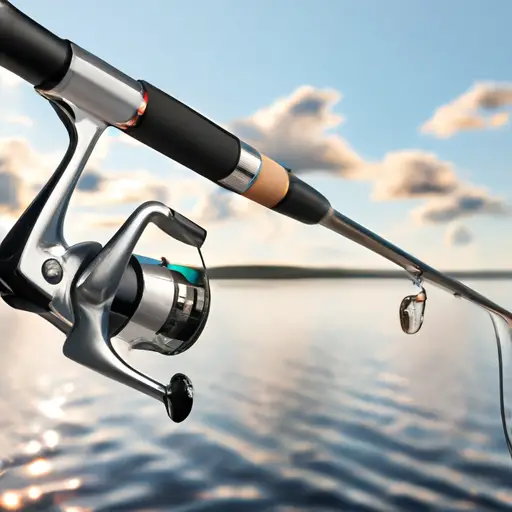
Choosing a Rod and Reel Combo
For beginners or anglers looking for convenience, purchasing a rod and reel combo can be an excellent option. Combos offer pre-matched rod and reel setups specifically designed to work well together, eliminating the need for separate selection and ensuring compatibility.
Advantages of Buying a Combo
There are several advantages to buying a rod and reel combo which make them appealing to many anglers. Firstly, combos often offer cost savings compared to purchasing the rod and reel separately. Manufacturers typically bundle these items together and offer them at a discounted price, making them more budget-friendly. Additionally, combos take the guesswork out of matching a suitable rod and reel, as they are designed to work optimally together. This is especially beneficial for beginners who may not have extensive knowledge or experience in selecting the right components for their fishing needs.
Considerations for Choosing a Combo
When choosing a rod and reel combo, it’s important to consider the specific factors we have discussed earlier, such as fishing technique, lure type, targeted bass species, budget, and fishing location. While combos offer convenience and savings, it’s crucial to ensure the combo you choose aligns with your specific fishing requirements. Pay attention to the rod length, action, power, reel type, and line compatibility offered by the combo. Taking these factors into consideration will help ensure your combo is well-suited to your fishing style and needs.
Testing the Rod and Reel
Before hitting the water, it’s essential to test and familiarize yourself with your new rod and reel setup. Taking the time to try out your equipment will allow you to assess its performance, balance, and overall suitability for your fishing needs.
Trying Out the Equipment
Once you have your rod and reel combo, it’s a good idea to head to an open space or a casting area to practice casting and retrieving. Practice your casting technique, experiment with different lure weights, and get a feel for how the rod and reel combo performs. Pay attention to the smoothness of the reel’s drag system, the responsiveness of the rod, and any issues you may encounter, such as line tangling or excessive backlash. This hands-on experience will help you build confidence in your gear and identify any potential adjustments or improvements needed.
Considering Weight and Balance
The weight and balance of your rod and reel combo are crucial for long hours of fishing without fatigue. Ensure that the weight distribution between the rod and reel feels comfortable and well-balanced when held. A well-balanced setup minimizes strain on your wrists and arms, allowing for extended periods of fishing without discomfort. If you find your combo feels too front-heavy or unbalanced, consider adjusting your reel’s position on the rod or experimenting with additional counterweights to achieve optimal balance.
Examining the Sensitivity and Flexibility
Lastly, take the time to examine the sensitivity and flexibility of your rod. Sensitivity is vital for detecting even the slightest nibble and feeling changes in structure or bottom composition. A rod that offers good sensitivity will allow you to detect bites and react accordingly. Flexibility, on the other hand, determines how much bend the rod has and plays a role in casting accuracy and the rod’s ability to absorb the fish’s initial runs or jumps without breaking. Test the rod’s sensitivity by placing your hand on the blank and lightly tapping the tip with a lure. Observe how you can feel the vibrations and whether the sensitivity suits your preference. Experiment with flexing the rod using different degrees of force and note the responsiveness. It’s important to ensure that the sensitivity and flexibility of your rod align with your desired fishing style and needs.
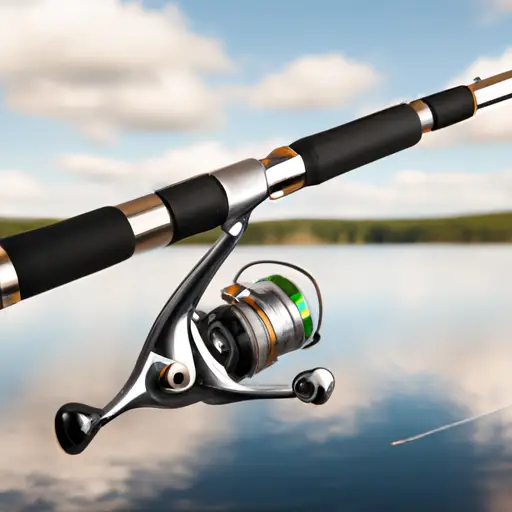
Maintenance and Care
To ensure your rod and reel continue to perform well and last for many fishing seasons, it’s crucial to properly maintain and care for them. Regular maintenance will not only prolong the life of your gear but also enhance its performance and reliability.
Cleaning and Lubrication
Cleaning your rod and reel after each fishing trip or at regular intervals is essential to remove dirt, debris, and saltwater or freshwater residue that can cause corrosion or damage. Use mild soapy water and a soft cloth or sponge to gently clean the rod blank and guides, reel seat, and handle. Pay extra attention to the reel, ensuring that you remove any trapped dirt or grime around the spool, bail arm, or drag system. After cleaning, ensure that all components are completely dry before storing them. Regularly lubricating the reel’s moving parts, such as the handle, bail arm, and drag system, with appropriate reel lubricants will help maintain smooth operation and prevent mechanical issues.
Checking for Damages
Regularly inspecting your rod and reel for any signs of damage or wear and tear is crucial. Check the rod for any guide or tip insert damage, cracks, or weakening due to impact or accidental mishandling. Inspect the reel for any bent or broken components, loose screws, or signs of corrosion. If you notice any damages or potential issues, address them promptly. Minor damages can often be repaired, while severe damages may require professional assistance or replacement.
Protective Storage
Proper storage is key to protecting your rod and reel when they are not in use. Avoid leaving your gear exposed to extreme temperatures, direct sunlight, or moisture. Invest in rod sleeves or tubes to protect the rod blank and guides from potential damages during transportation and storage. When storing your reel, ensure that it is fully dry and that the drag system is backed off to avoid unnecessary compression or damage. Store your rod and reel in a dry, clean, and secure location, such as a rod locker, rack, or protective storage case, to prevent accidental damages or theft.
Final Thoughts
Choosing the perfect rod and reel for bass fishing involves considering various factors such as fishing technique, lure type, targeted bass species, budget, and fishing location. By understanding the important features of rods and reels, such as length, action, power, reel type, gear ratio, and line selection, you can make an informed decision that suits your fishing style and needs. Regularly testing and maintaining your equipment and ensuring proper storage will help prolong its lifespan and maximize its performance. With the right rod and reel setup, you’ll be well-equipped to enjoy countless hours on the water, hooking into those prized bass and creating memorable fishing experiences.

